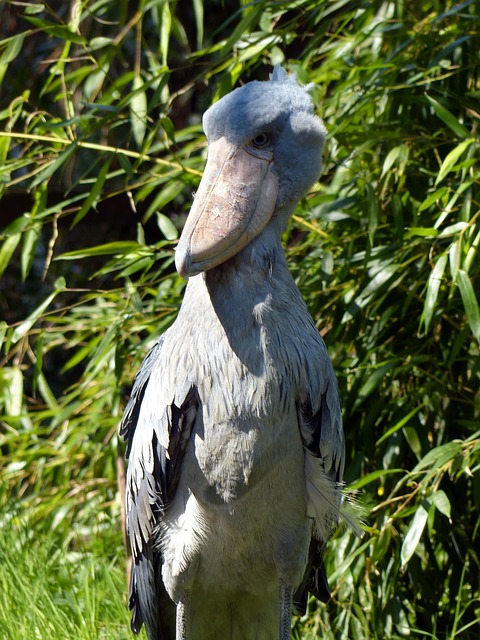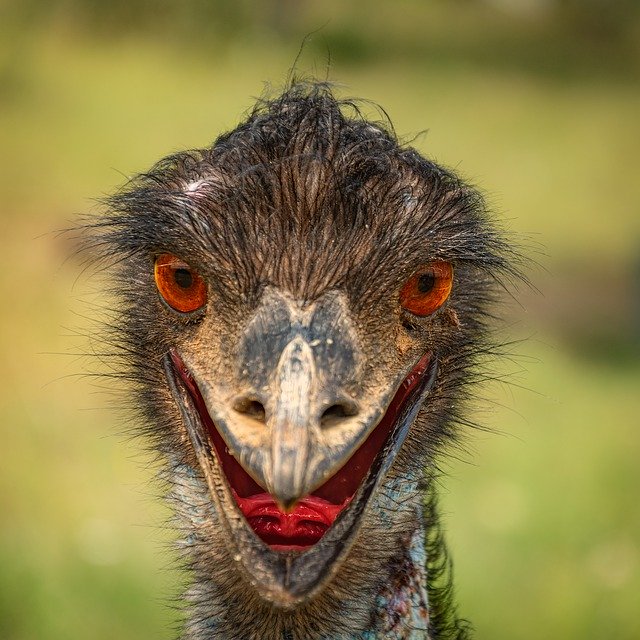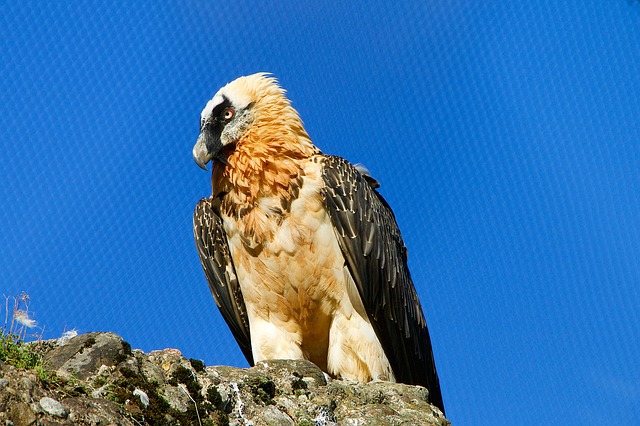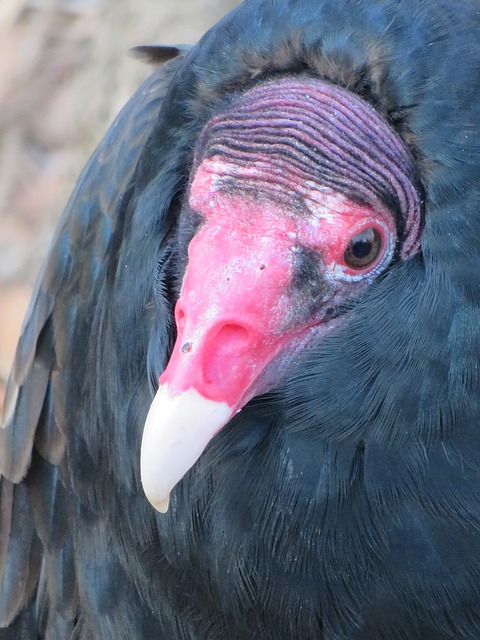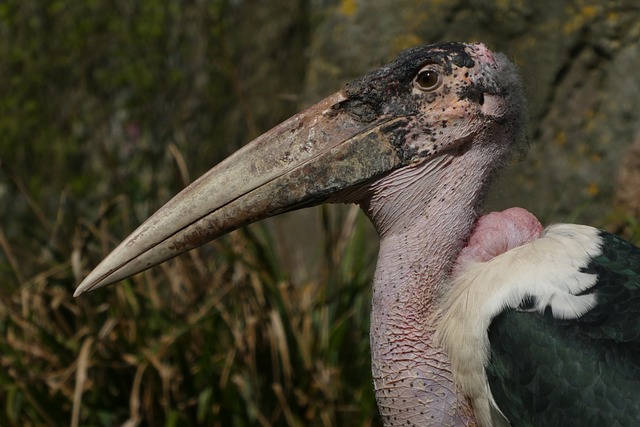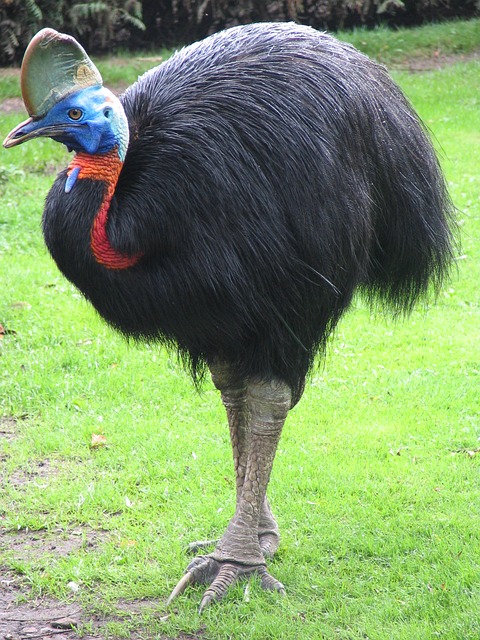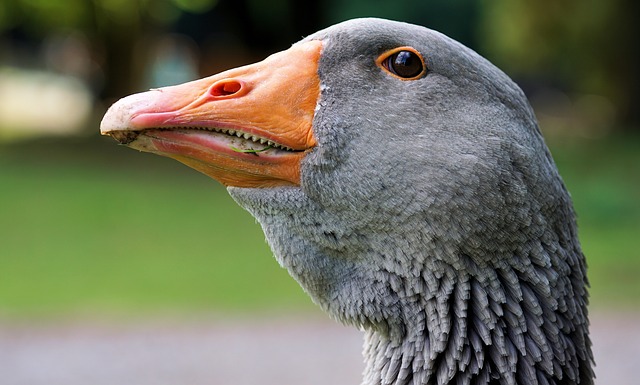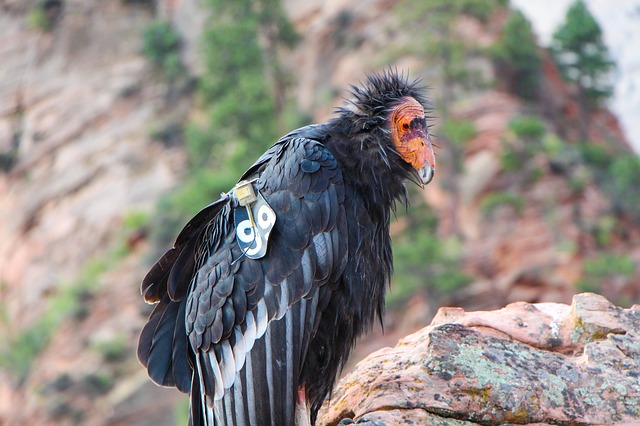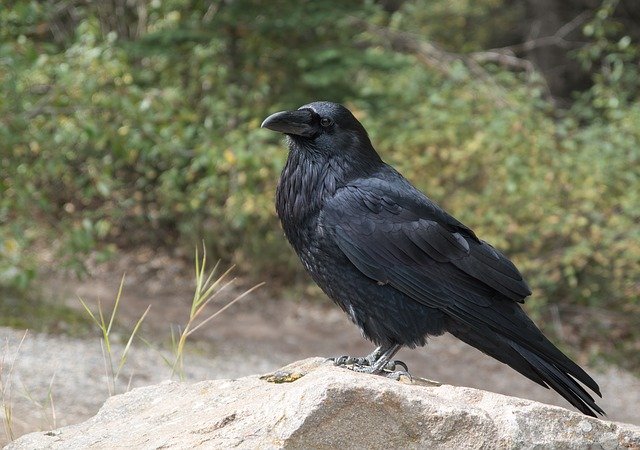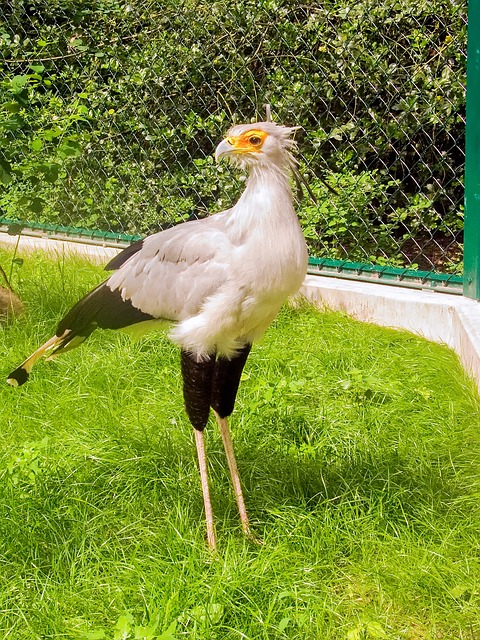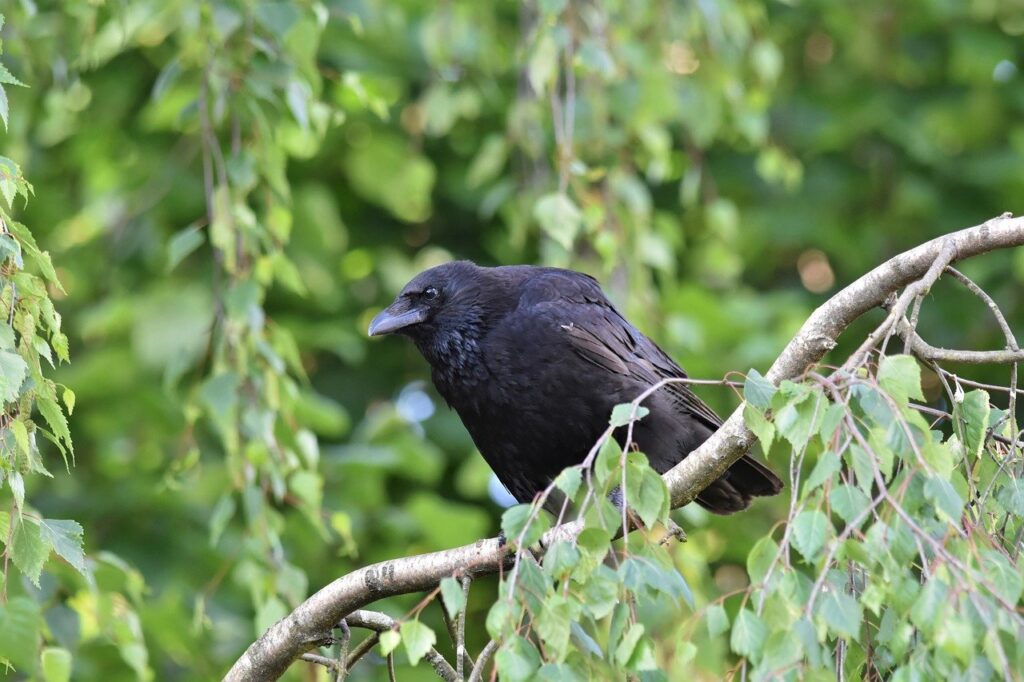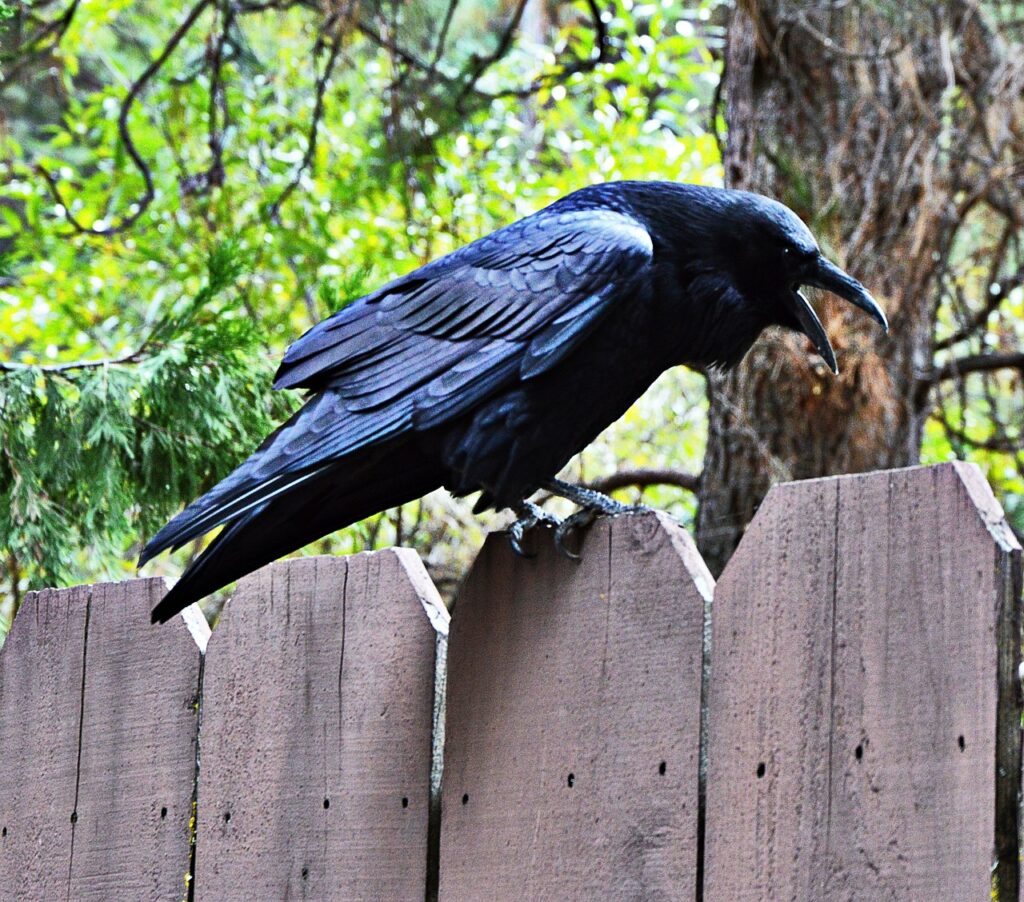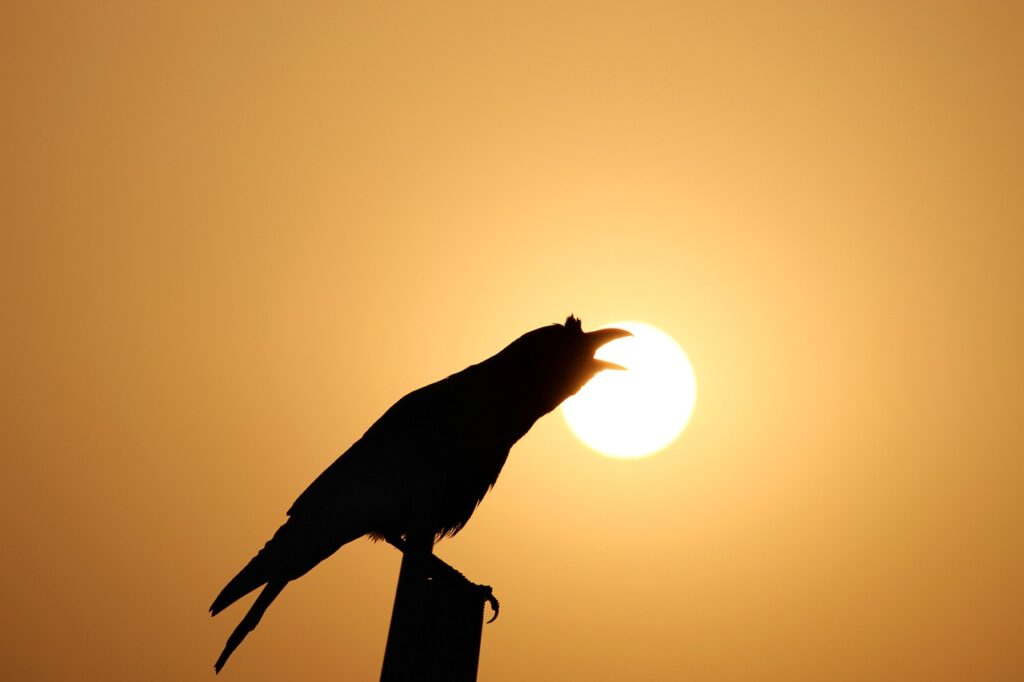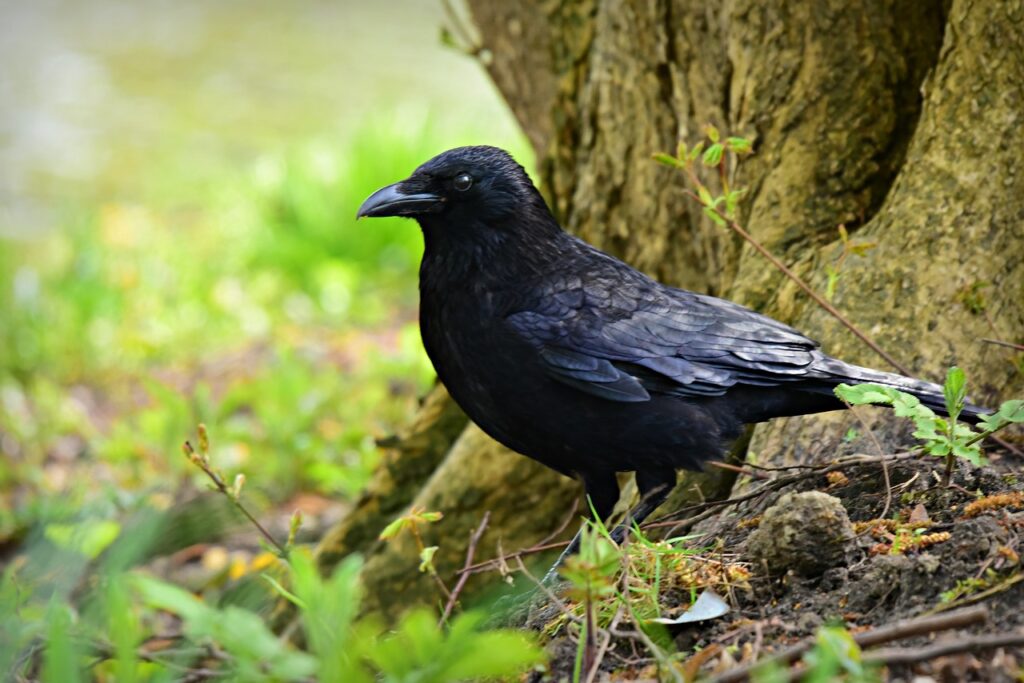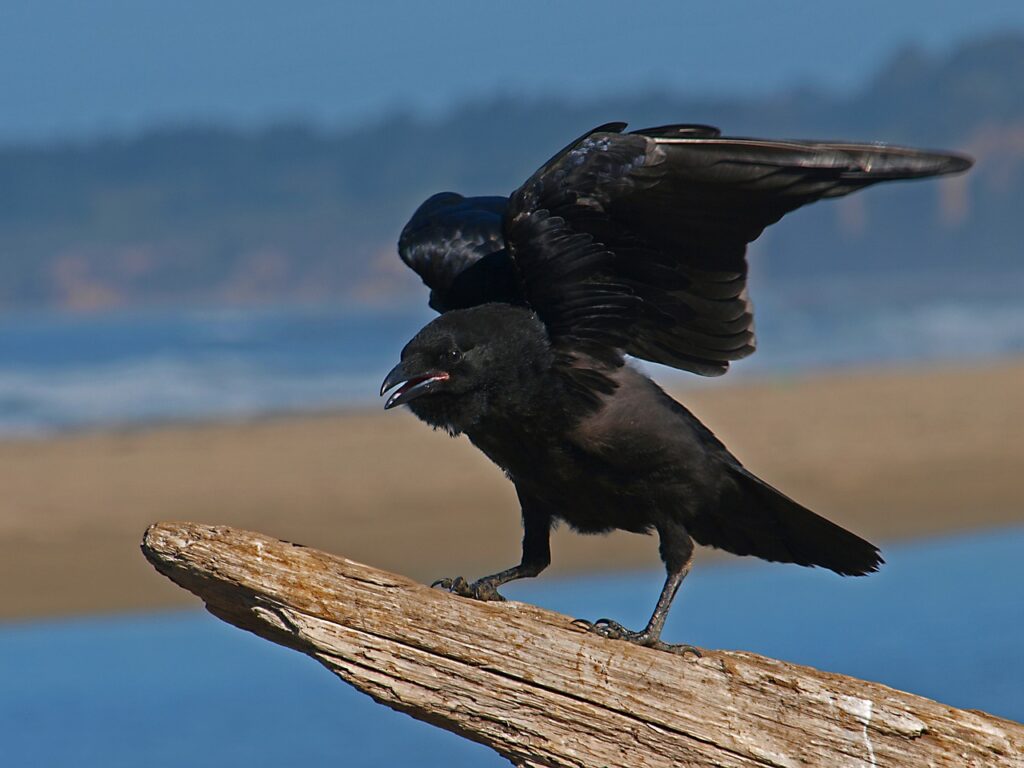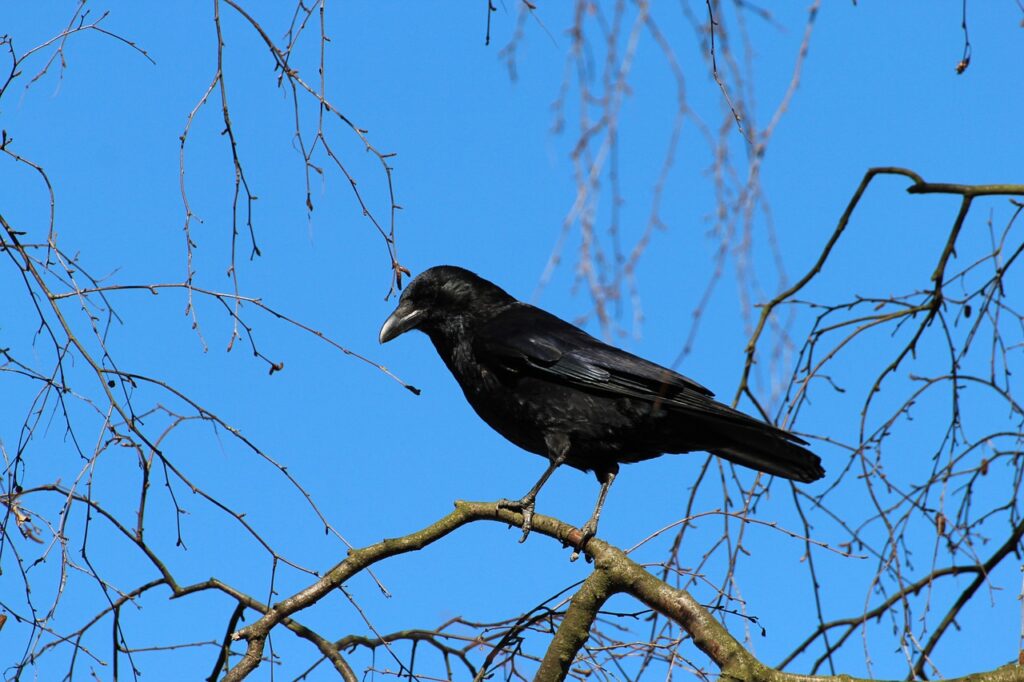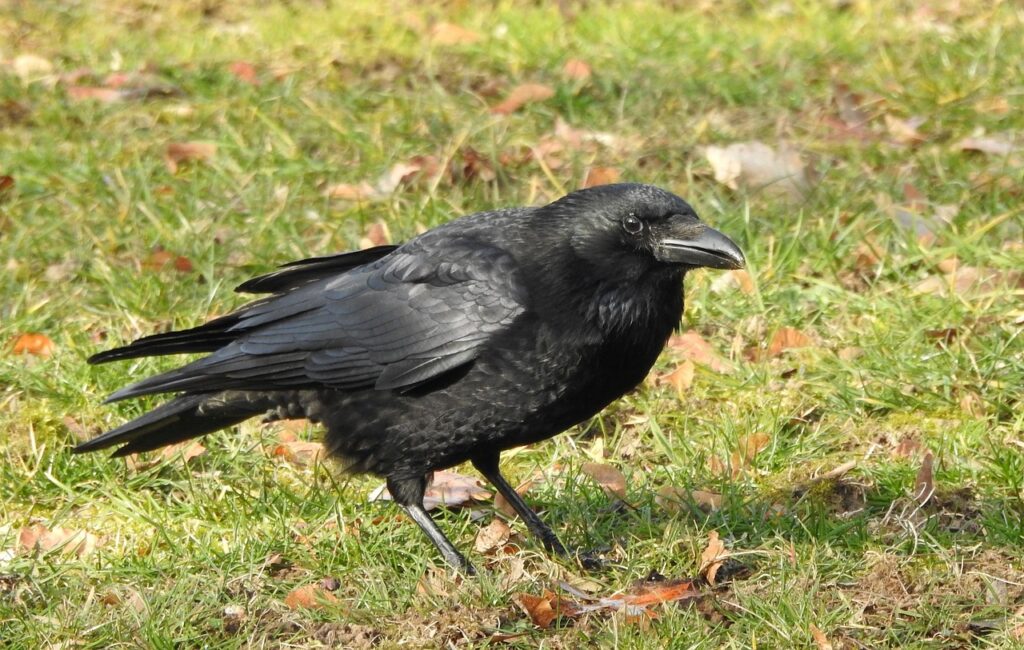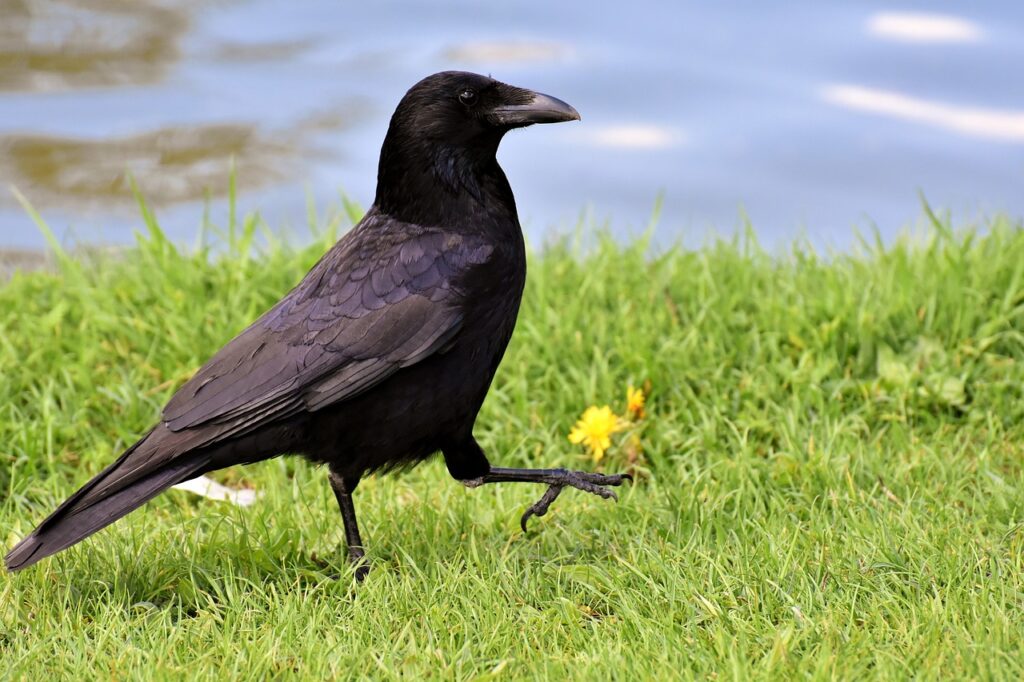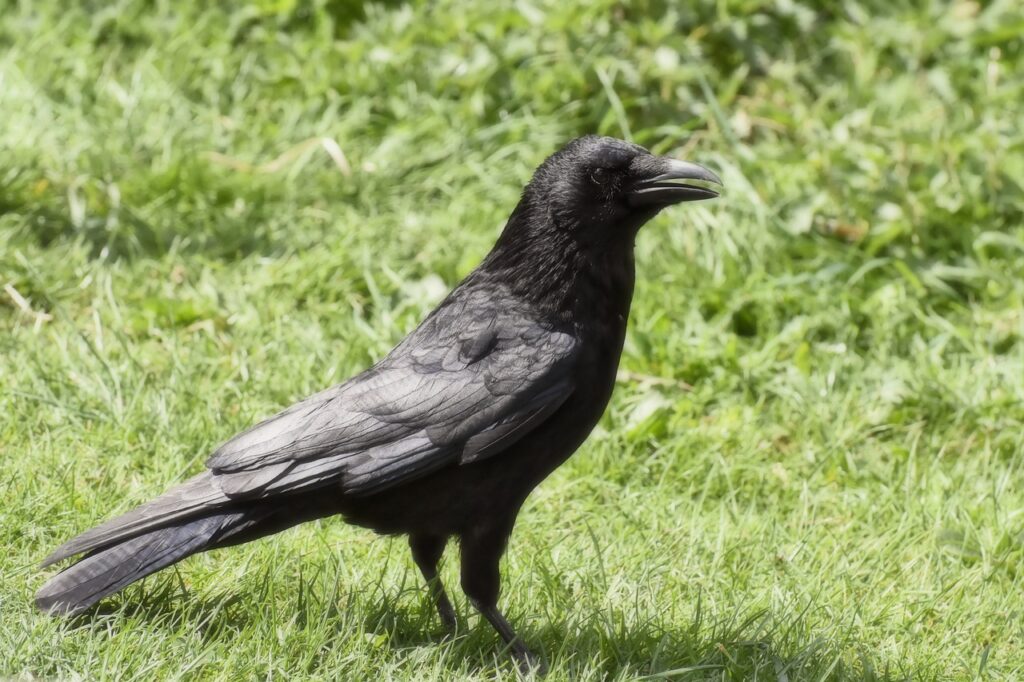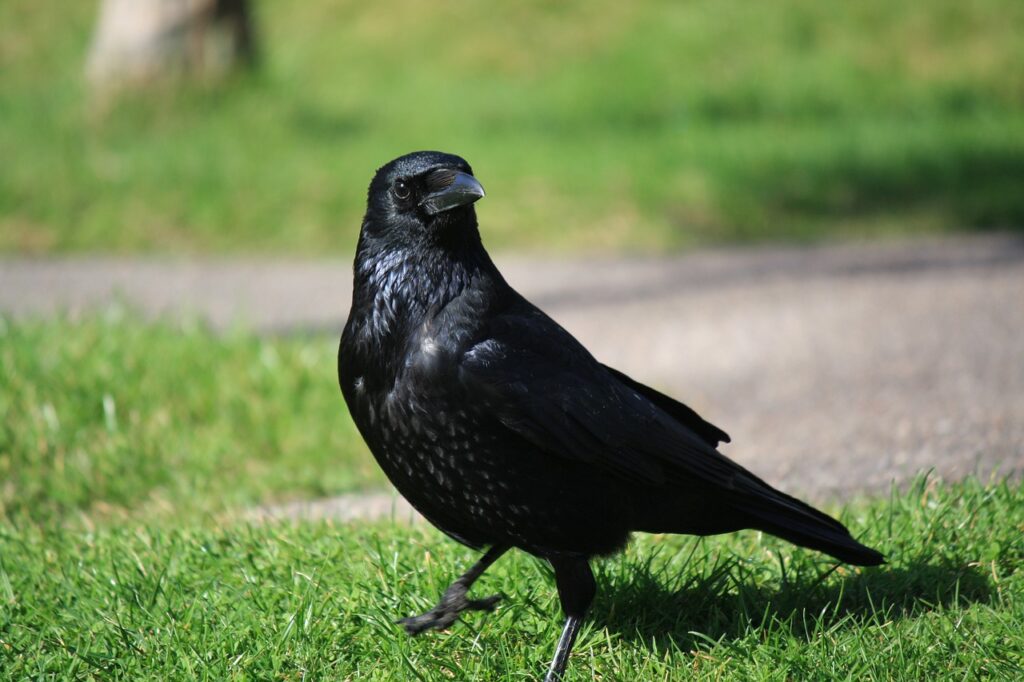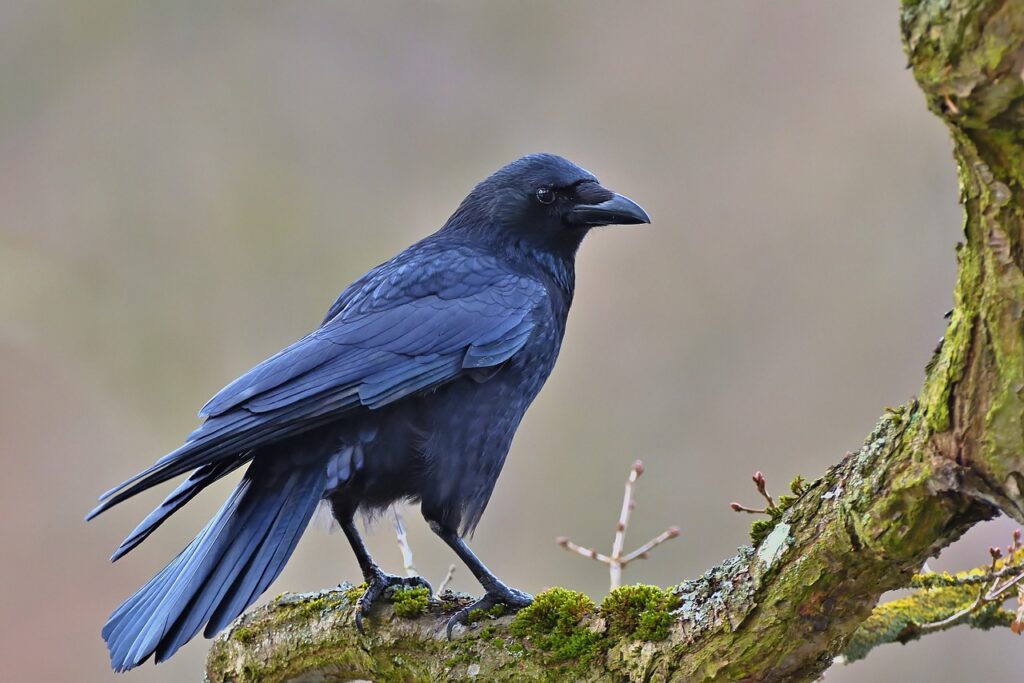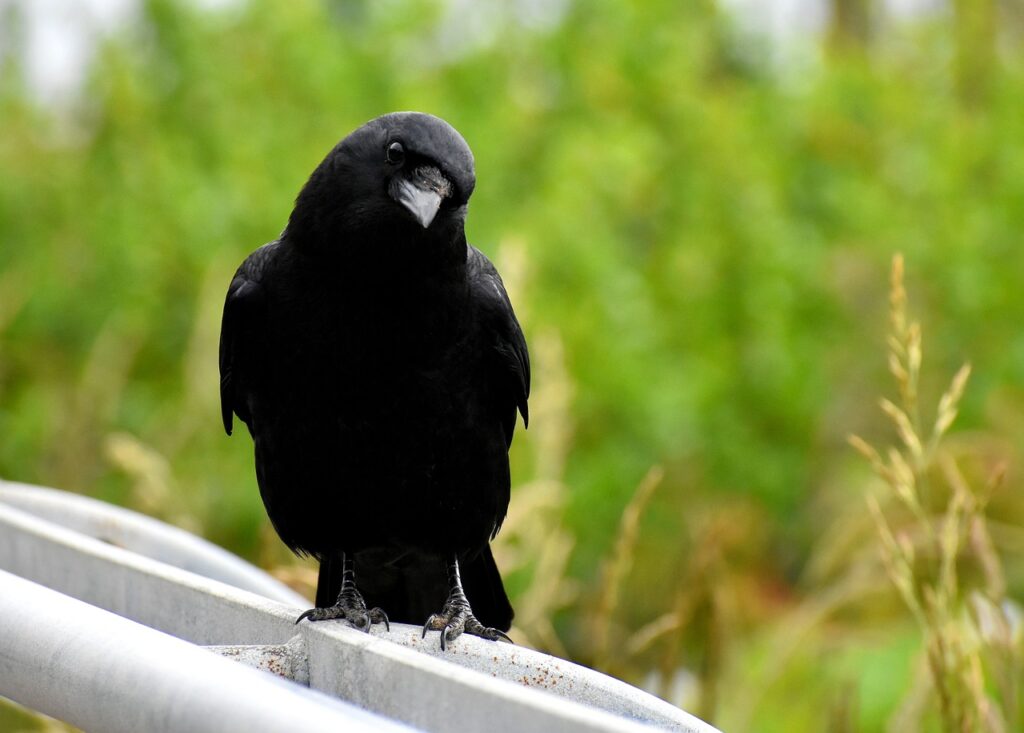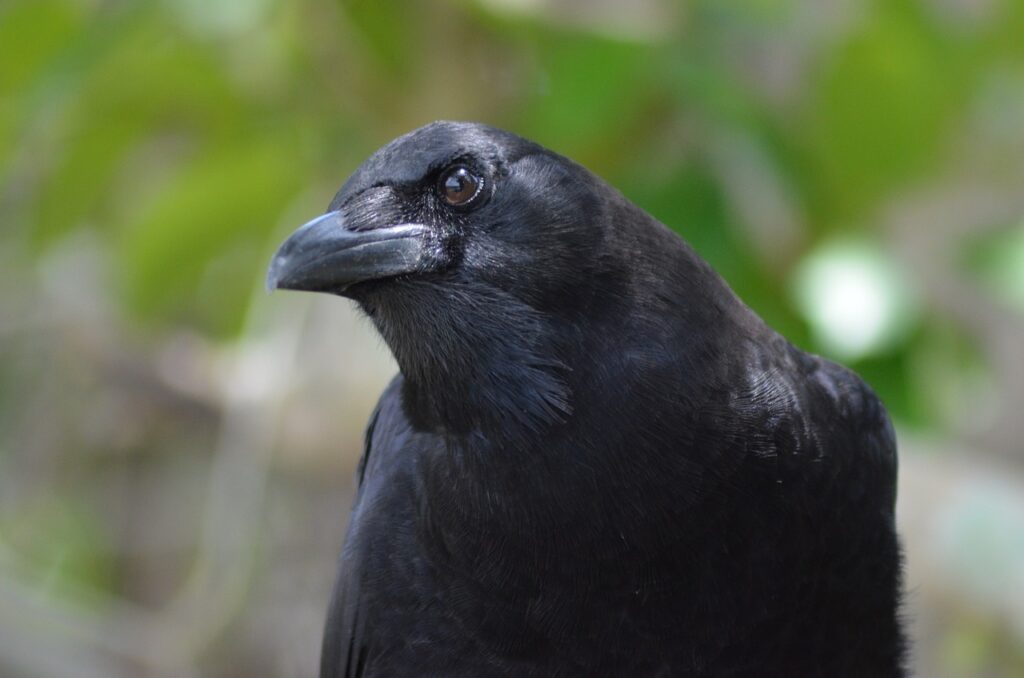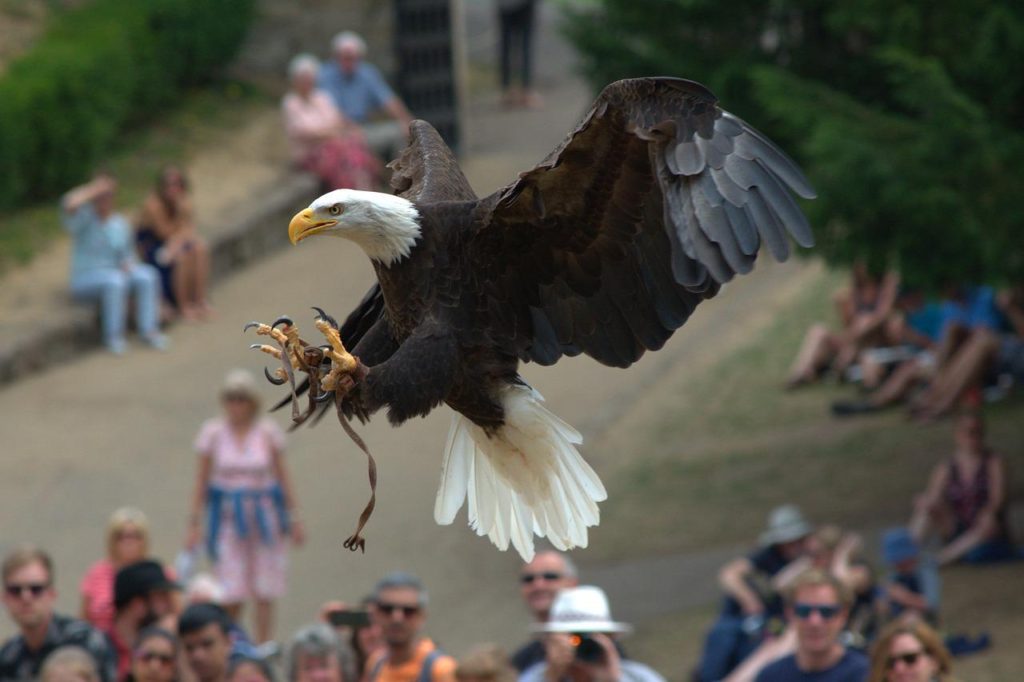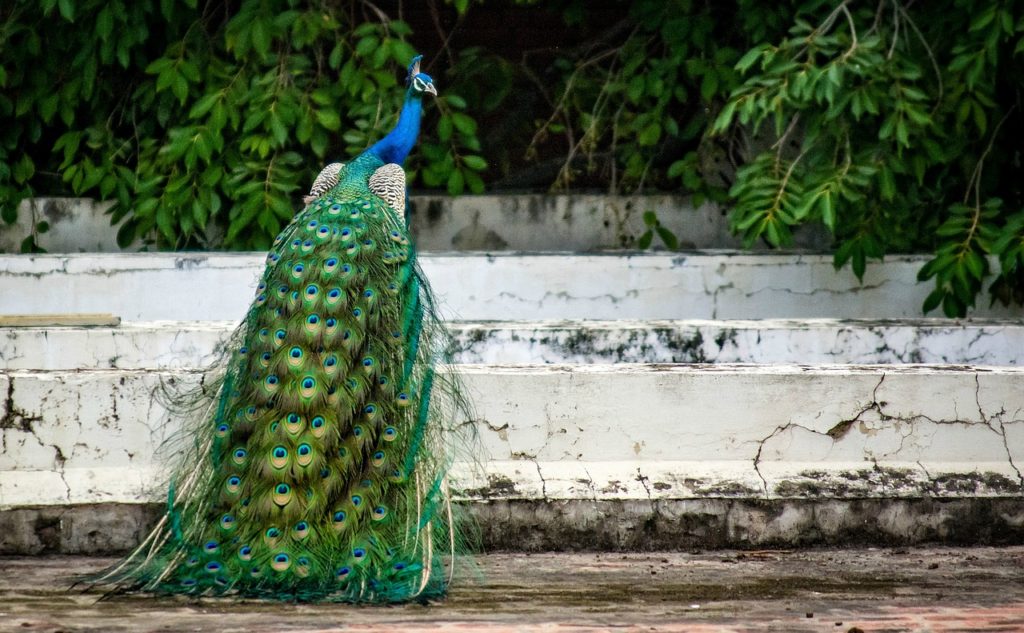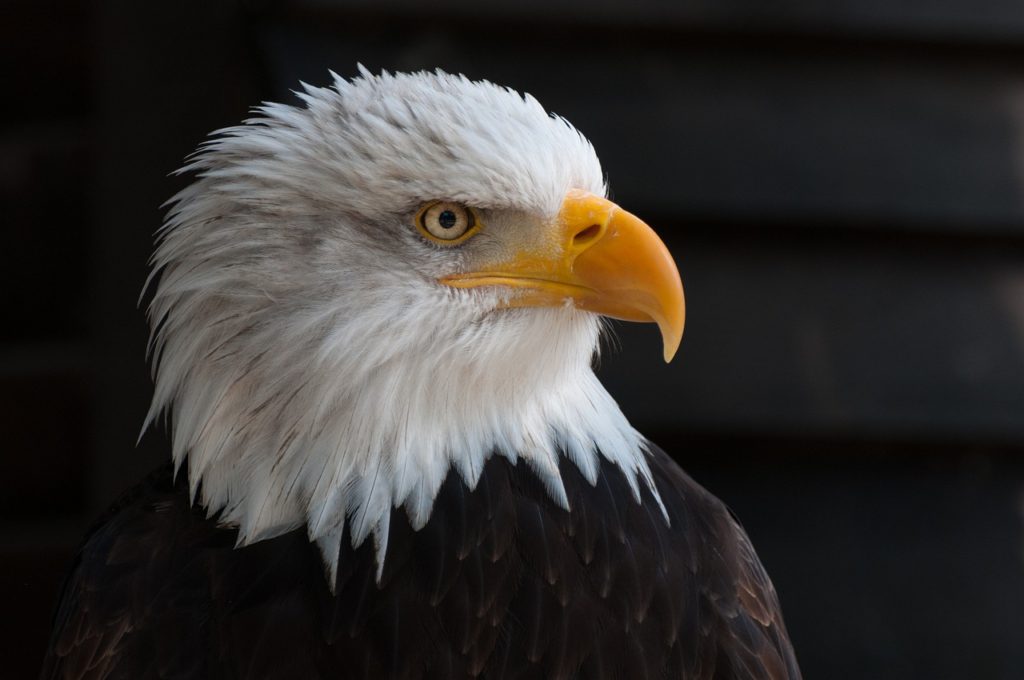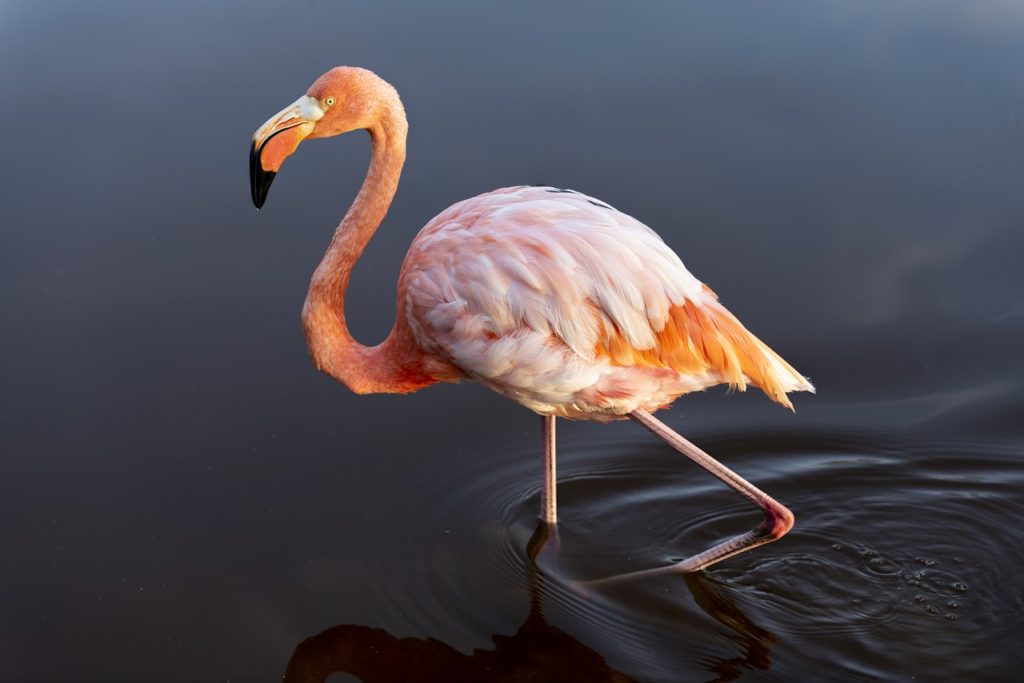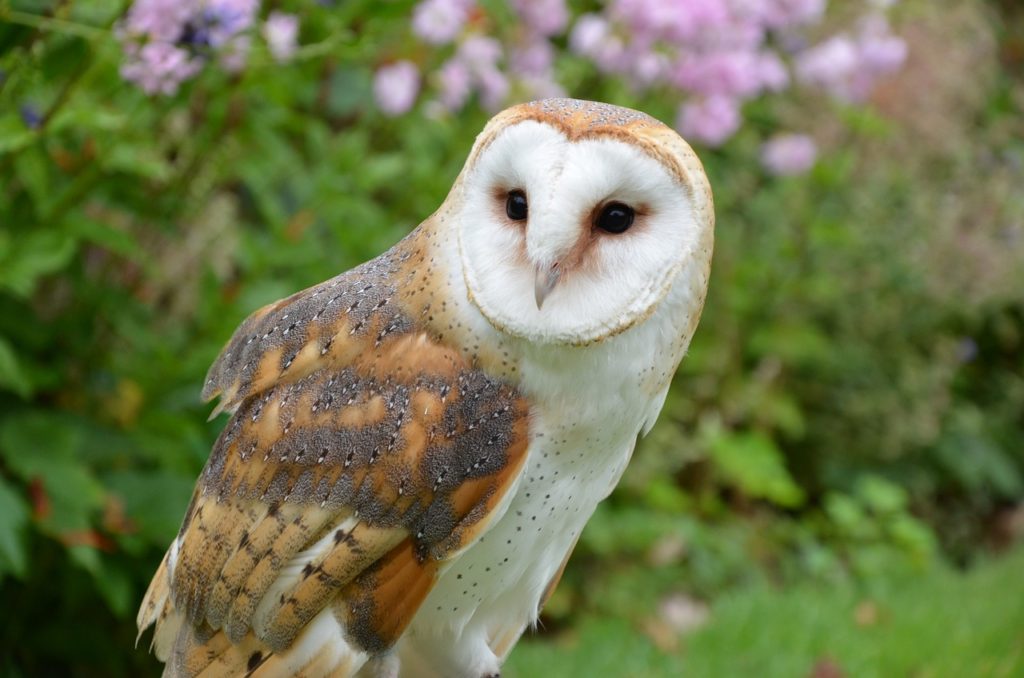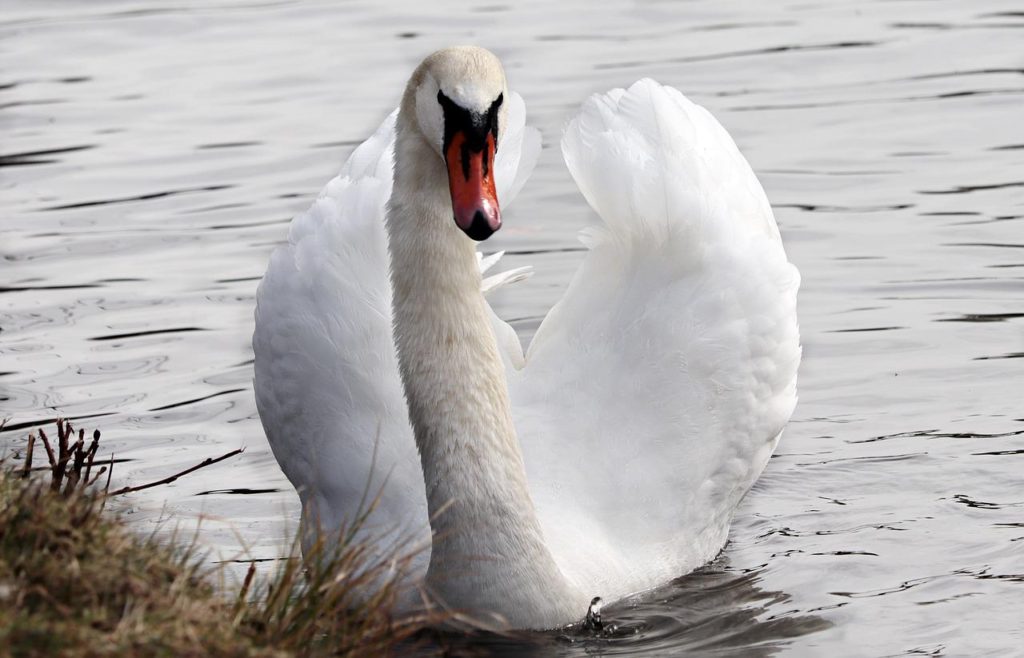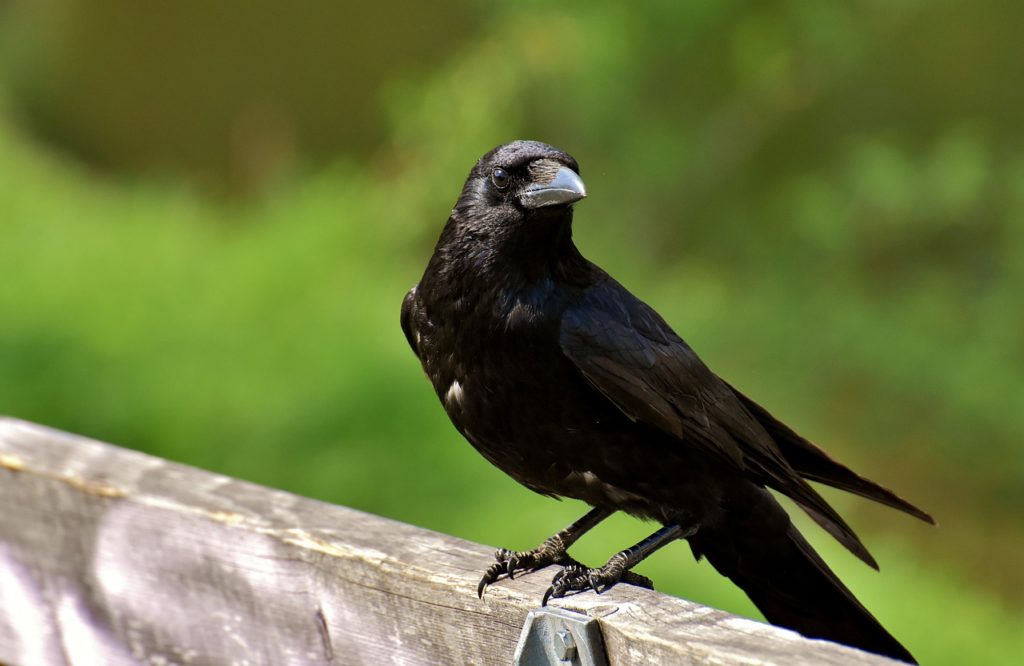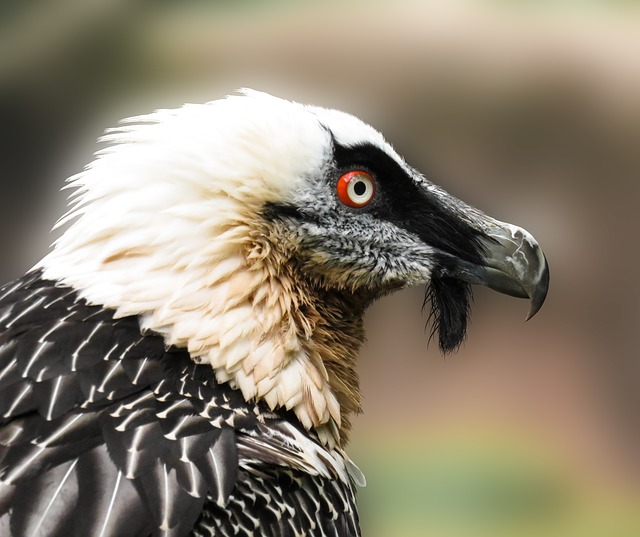
There are many bird species that are known for their incredible beauty. Yet there are a few that are instead famous for their frightening appearance. So here are some scary looking birds you’ll want to check out.
Shoebill
The shoebill is a truly prehistoric looking bird. Like a creature that stepped right out of a nightmare, it has an 8 foot (2.4 meters) wingspan and a monstrous looking bill. It uses its sturdy bill to help it catch fish, snakes, turtles, lizards, birds, and even baby crocodiles.
Emu
Just the sheer size of the emu is intimidating, that’s because it’s the second-largest bird in the world. These ostrich looking birds have long blue necks and are covered in feathers that look like shaggy hair. And to top it off, their three-toed feet have long claws. (An interesting emu fact is that these large birds actually lay big green eggs that look similar to avocados).
Long-Eared Owl
The long-eared owl has horn-like “ears,” and large eyes. However, the “ears,” of these scary looking owls are actually tufts of feathers on the top of its head. These tufts are believed to help this species blend into its surroundings. Its real ears are openings that are hidden under the feathers behind its eyes.
Bearded Vulture
Unlike other birds that look scary, in addition to a frightening appearance, the bearded vulture also has a terrifying diet. It’s the only vertebrate in the world that has a diet that is mostly made up of bones. This species even has a specialized tongue for removing the marrow inside of them.
Turkey Vulture
There aren’t many creatures as creepy as the turkey vulture. It has a bald red head and you can actually see directly through its nostrils when looking at it from the side. While its diet of carrion is disgusting to many people, like other vultures this species helps to keep the environment clean and stop the spread of harmful bacteria and diseases.
Marabou Stork
Because of its appearance, the marabou stork is sometimes called the “undertaker bird.” This species feeds on the flesh of decaying animals, feces, fish, baby birds, small mammals, frogs, and really almost any type of animal matter it can manage to swallow. And boy does it look frightful.
Cassowary
This scary looking bird is often compared to a modern-day Velociraptor because of the terrifying claws it has on its feet. These claws are used by the cassowary as a weapon to kick potential threats. And they have been responsible for the death of several people.
Greylag Goose
If you look closely at the beak of the greylag goose you will see that it is serrated. This gives it the impression of having fearsome teeth. However, these “teeth,” are used to help the goose cut one of its favorite foods: grass.
California Condor
The California condor is a bird so huge that it is believed to be the basis of the “thunderbird,” in many Native American legends. With a wingspan of around 10 feet (3 meters), a bald head, hooked beak, and talons, this species is intimidating to say the least. The California condor is actually the largest flying land bird in all of North America.
Raven
The raven’s black plumage and the fact that it eats carrion is the reason it is often associated with death and bad luck. And of course, it frequently plays a role in both movies and stories that are in the supernatural and horror genres. The raven is also associated with the spooky holiday of Halloween.
Secretary Bird
These scary looking birds have the appearance of an eagle set on the thin legs of a stork. And they stand over four feet tall. Unlike other birds of prey, they spend most of their time on the ground hunting for food and often in pairs. After chasing down their prey they will either strike it with their beak or use their feet to stomp it to death or stun it so that it can be consumed.
Start Shopping for Birding Supplies!
Crow Symbolism: Everything You Need To Know
Ever wondered why the crow has captured the imagination of so many cultures throughout history? Let's embark on a fascinating journey through the world of crow symbolism, unraveling its mysteries and discovering its significance across various cultures, religions, and...
Creepy Facts About Crows
Crows are highly intelligent birds that have thrived alongside us humans. However, while they are fascinating creatures, at the same time, there are many things about them that many people find quite unsettling. That being said here as some of the most creepy facts...
Why Are Crows So Loud?
As anyone who has heard their loud "caws," can tell you, crows are very noisy birds. In fact, they are considered one of the loudest of all bird species. But why are crows so loud? Read on to find out. The Importance Of Vocalizations Crows use vocalizations to pass on...
Do Crows Remember Faces?
Crows are known for their intelligence. But do crows remember faces? You bet they do! Here's what you'll want to know. Crow Intelligence Crows are brilliant birds. In fact, their level of intelligence is often compared to that of primates. They are so smart that they...
Why Are Crows Black?
American crows are birds with all-black plumage. But why are crows black? Well, there are several reasons. Read on to find out. Bird Color Basics Birds are some of the most colorful creatures on the planet. And they come in an amazing range of colors from white to...
Are All Crows Black?
When it comes to crows, most people are familiar with the image of a sleek-looking solid black bird. But are all crows black? No, they aren't. Here's what you'll want to know. The American Crow Is Not All Crows The American crow is found throughout most of North...
How Long Do Crows Live?
How long do crows live? That's one of the many questions people ask about these familiar all-black birds. Here's what you'll want to know about the lifespan of crows and what affects it. How Long Do Crows Live In The Wild? In the wild American crows have a lifespan of...
Enemies Of Crows
Crows are a common sight in many parts of the world. However, most of us don't realize that these distinctive jet-black birds face a range of threats even when they are in our own backyards. The following are the main enemies of crows. Natural Predators of Crows One...
Predators of Crows
In many places, crows are such a common sight that it can be easy to forget that they actually have many predators. And being "on the menu," for a range of other animals is actually why these birds are so wary. That being said, here is everything you'll want to know...
Are Crows Territorial?
Are crows territorial? The answer is yes. However, just how territorial they are can depend on several factors. Here’s what you’ll need to know. Territoriality In Birds Territoriality is the behavioral trait of defending and maintaining a specific area territory...
What Eats Crows?
Crows are large and highly intelligent birds that eat a wide variety of foods including many other animals. So, what eats crows? Here are the most common crow predators and what you’ll want to know about them. Birds Of Prey The birds of prey are a group of predatory...
Are Crows Friendly?
Crows are commonly seen, and heard, in close proximity to us in our towns and cities. But are crows friendly? The answer may surprise you. Crows Are Highly Social Birds Crows are social birds that live in family groups. And they are well known for forming close bonds...
Do Crows Mate For Life?
Do crows mate for life? Yes, they do. And this behavior is highly advantageous to them. Here's what you'll want to know. How Do Crows Attract A Mate? Crows are social birds; most of the year, they live in small family groups. During the breeding season, however,...
Birds With Talons
All birds have claws. However, only a few types have the scary-looking and dagger-sharp claws called, “talons”. So here are the birds with talons and what you’ll want to know about each of them. What Are Talons? Talons are the claws of a group of predatory birds known...
Birds With Tails
Just like birds themselves, birds’ tails come in a wide range of shapes and sizes. And some tails of course are more interesting and remarkable than others. The following are birds with tails that never fail to impress! Long-Tailed Tit The long-tailed tit, also known...
Birds With White Heads
There's no doubt about it, birds with white heads really stand out. From small to large they are quite a unique bunch. So here are some of the most fascinating white-headed birds and what you'll want to know about them White-Headed Vulture The white-headed vulture is...
Birds That Look Like Flamingos
Flamingos are wading birds with long necks and legs. These social birds live in groups and have strongly hooked downward-facing beaks which they use to feed on shrimp and other small water creatures. And they are famous for their stunning pink color. With such a...
How To Attract Owls To Your Yard
Owls are nocturnal birds of prey that can be extremely helpful when it comes to controlling rodent populations in a natural way. That is of course if you can attract them to your property by creating an owl-friendly habitat. So keep reading to find out how to attract...
Why Would A Swan Be Alone?
It's widely known that swans are incredibly social and romantic creatures, so it can be disconcerting when you encounter a solitary swan. However, there are several reasons why this might be. So why would a swan be alone? Here's what you'll want to know. But first,...
How To Attract Crows To Your Yard
Crows aren’t always pests as many people believe. In fact, these super smart birds can actually help to rid your property of many common backyard and garden pests themselves. So here’s your step-by-step guide on how to attract crows to your yard! Step 1. Create A...
